Welcome to CQXLaser! Our working hours are 7×24 hours
Welcome to CQXLaser! Our working hours are 7×24 hours
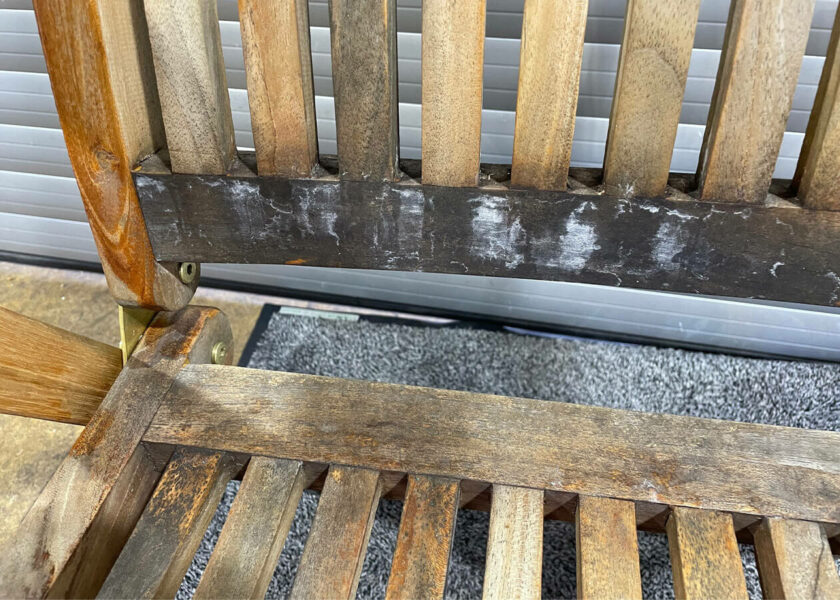
Imagine a world where rust, grease, and coatings on metal surfaces vanish effortlessly, revealing clean and polished material ready for use. Laser metal cleaning machines make this vision a reality, combining cutting-edge technology with eco-friendly practices. They are revolutionizing industries by offering precise, non-contact cleaning solutions that leave metal surfaces unharmed and ready for further processing. In this detailed guide, we will explore the workings, benefits, and applications of laser metal cleaning machines, helping you understand why they are indispensable in modern industries.
Laser metal cleaning machines are advanced devices that use focused laser beams to remove contaminants such as rust, oil, paint, and oxide layers from metal surfaces. They eliminate the need for abrasive or chemical cleaning methods, making them a safer and more efficient alternative.
1. Non-Contact Process: Prevents damage to the underlying material.
2. Precision Cleaning: Ideal for detailed and delicate applications.
3. Eco-Friendly: No chemicals, dust, or waste production.
The cleaning process relies on a phenomenon called laser ablation. This involves the absorption of laser energy by surface contaminants, causing them to vaporize or disintegrate while leaving the underlying metal intact.
1. Laser Emission: A high-intensity laser beam is emitted.
2. Absorption: The contaminants absorb the laser energy.
3. Thermal Effect: Heat causes contaminants to vaporize or break apart.
4. Clean Surface: The metal surface remains unharmed and residue-free.
• Laser Power: Higher power for industrial cleaning; lower for precision tasks.
• Beam Focus: Adjustments ensure effective cleaning without overexposure.
• Material Properties: Different metals respond uniquely to laser cleaning.

Laser metal cleaning machines are used across various industries due to their adaptability and efficiency. Here are some of the most common applications:
Rust on metal surfaces compromises structural integrity and aesthetics. Laser cleaning efficiently removes rust, preparing surfaces for painting, coating, or welding.
For refurbishing metal parts, lasers strip old paint or coatings without damaging the underlying material, making it ideal for automotive and aerospace industries.
Laser cleaning ensures clean surfaces free of oxides or contaminants, resulting in stronger welds and adhesive bonds.
Delicate metal artifacts can be cleaned and restored using lasers without causing damage or wear to the surface.

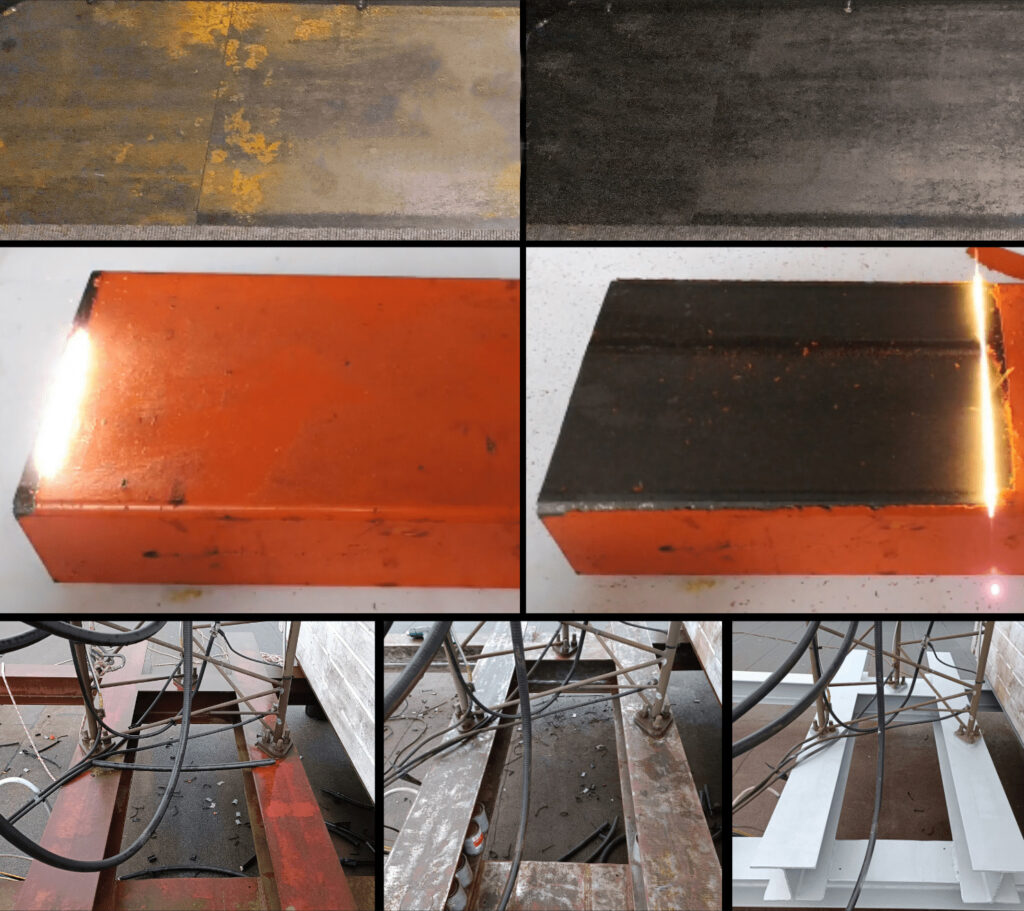
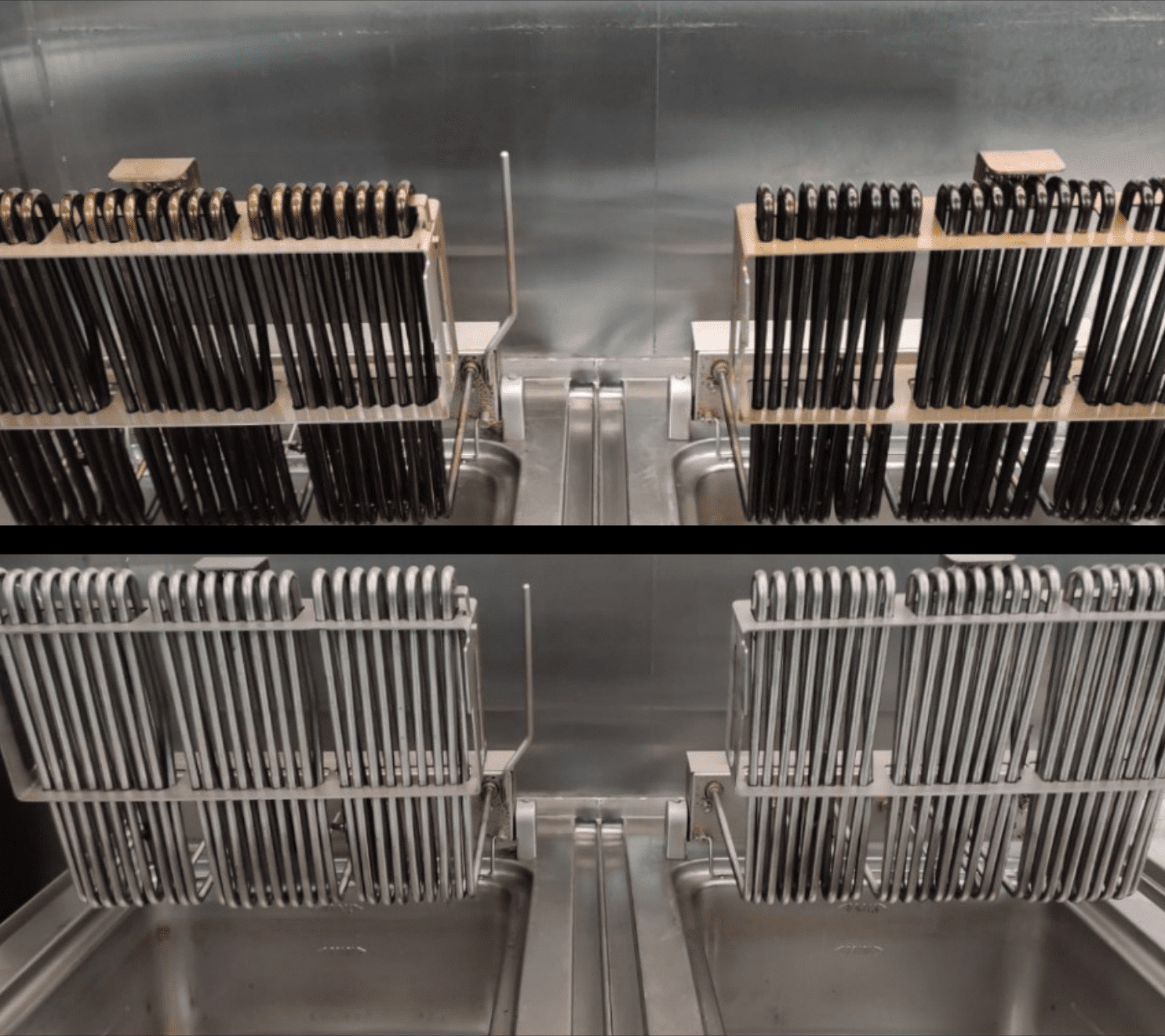
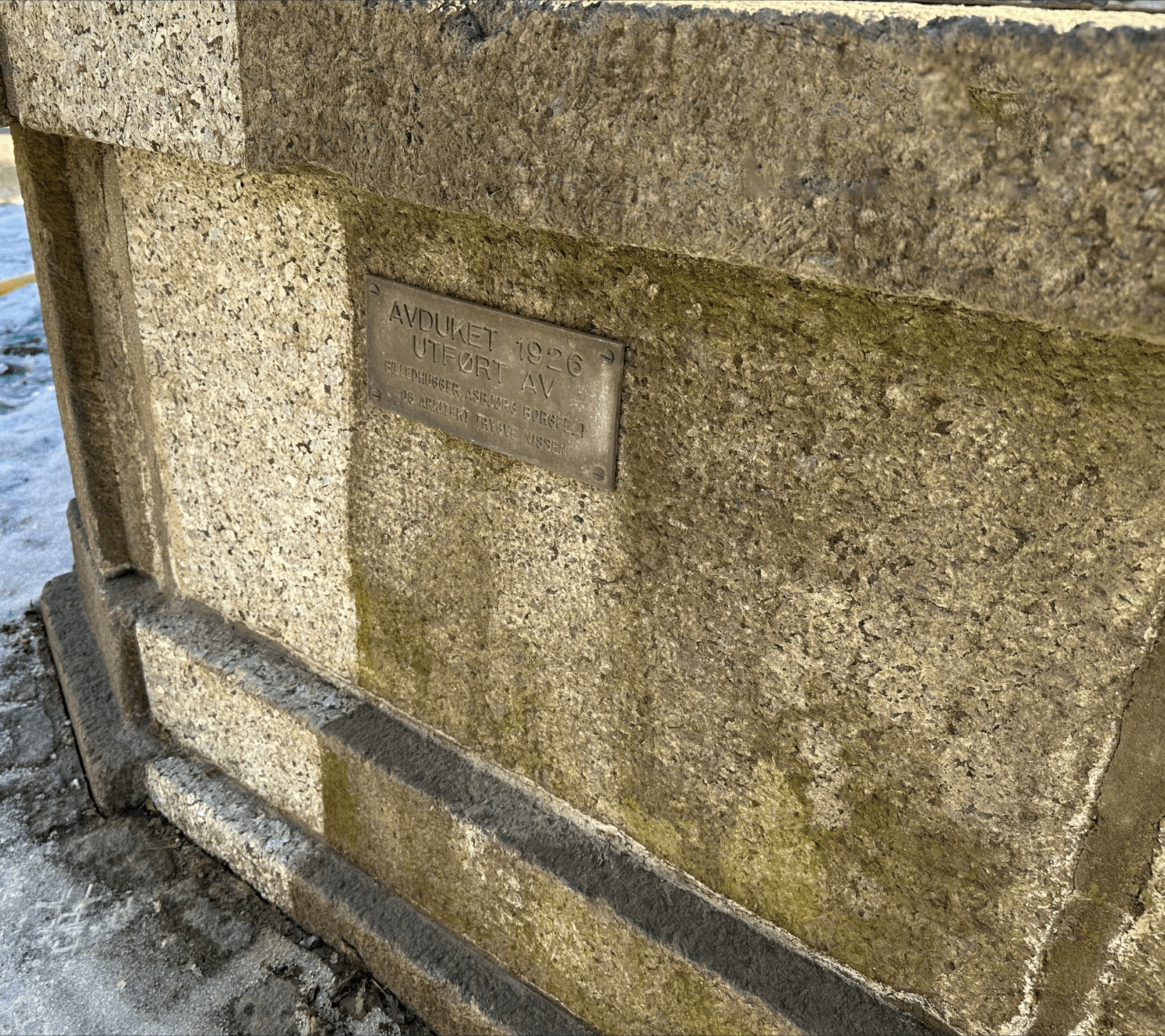
• Eliminates the use of chemicals, reducing environmental impact.
• Produces no secondary waste, making disposal hassle-free.
• Allows for targeted cleaning on intricate or sensitive surfaces.
• Works on various metals, including steel, aluminum, and titanium.
• Reduces operational costs by minimizing consumable usage.
• Speeds up cleaning processes, saving time and labor.
• Non-contact operation reduces risk to operators.
• Automated systems minimize human error.
Selecting the appropriate laser cleaning machine depends on your specific needs and the tasks you aim to accomplish.
1. Power Output: Higher power for industrial-scale cleaning; lower for fine-detail tasks.
2. Portability: Handheld models for on-site cleaning; stationary units for large-scale operations.
3. Adjustability: Ensure the machine offers customizable settings for beam focus and intensity.
4. Safety Features: Opt for models with built-in safety mechanisms such as enclosures and automatic shut-offs.
An automotive workshop looking to refurbish old car parts should choose a medium-powered, portable laser cleaning machine for rust and paint removal.
Laser metal cleaning machines continue to evolve, offering new capabilities and improved efficiency.
• Automation and Robotics: Integration with robotic systems for fully automated cleaning processes.
• AI-Driven Precision: Adaptive systems that adjust laser parameters based on surface characteristics.
• Compact Designs: Development of portable models for fieldwork.
• Cleaning medical devices to ensure sterility.
• Removing contaminants from electronic components.
• Preparing surfaces for advanced manufacturing techniques like 3D printing.
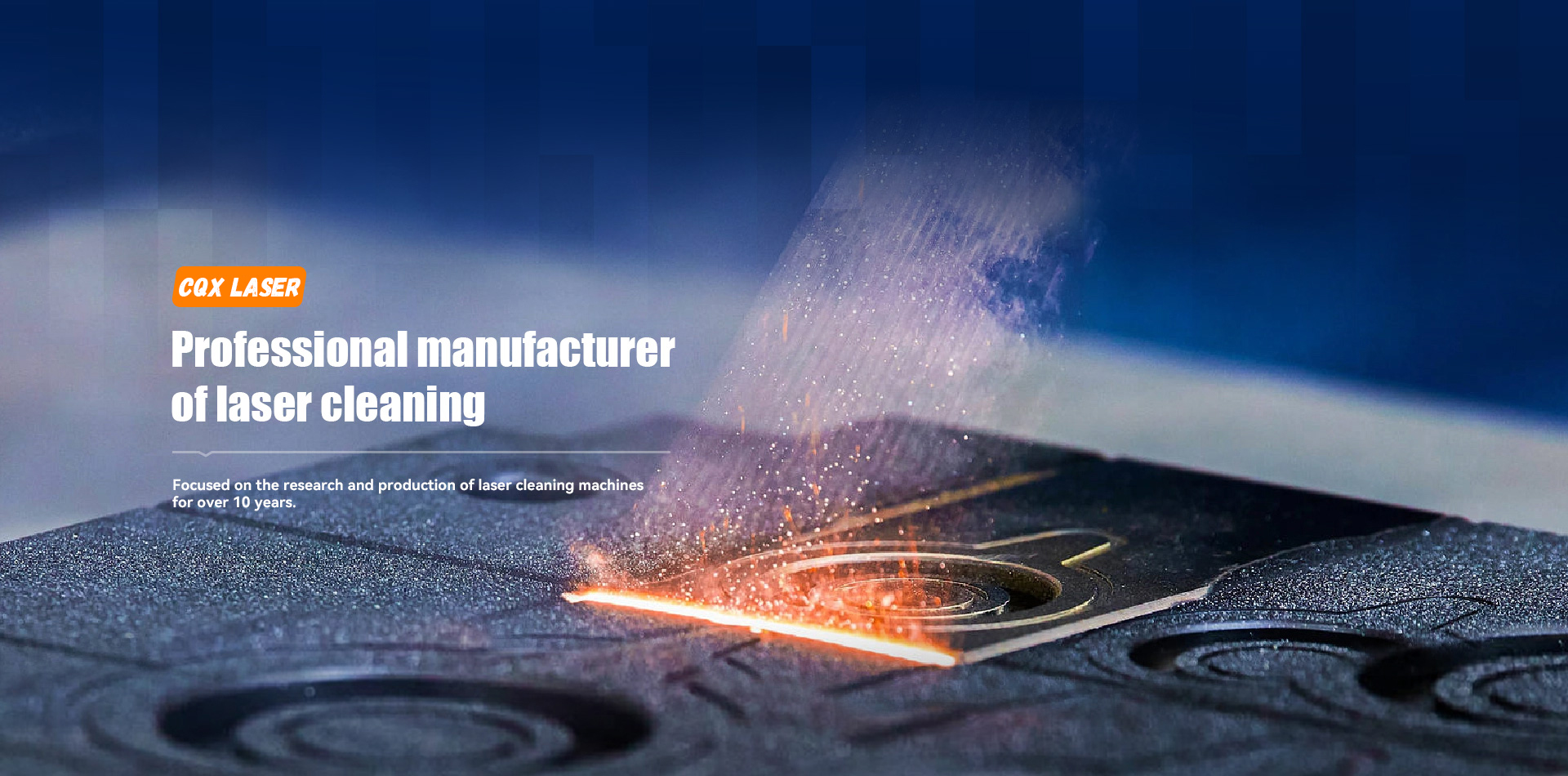
• Use of abrasive materials like sandpaper or brushes.
• Chemicals for paint stripping or degreasing.
• Risk of surface damage or uneven cleaning.
• Non-contact and non-abrasive, preserving surface integrity.
• No need for consumables, reducing long-term costs.
• Faster, safer, and more environmentally friendly.
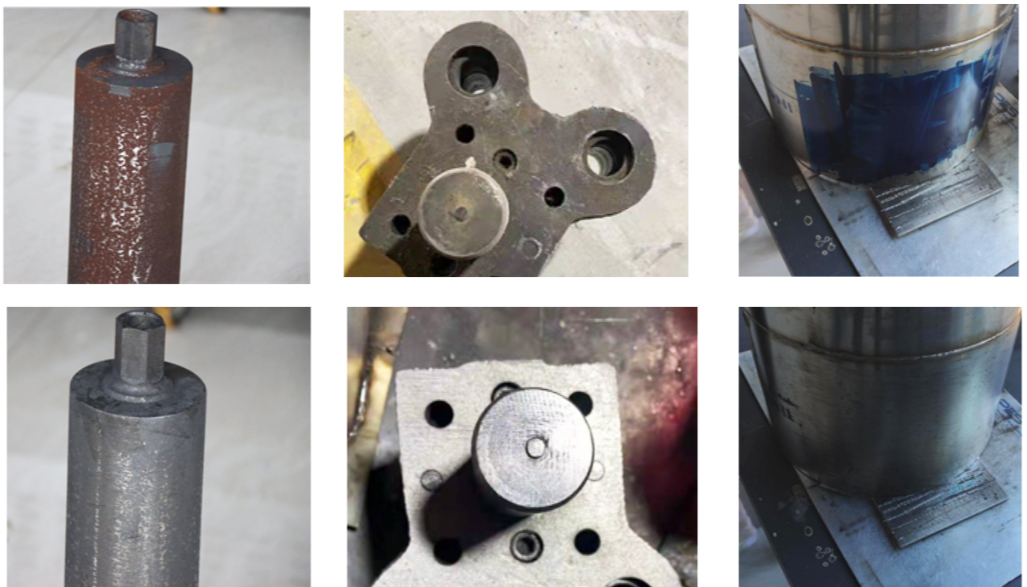
Yes, but settings need to be adjusted based on the metal type and desired outcome.
The time varies depending on the surface area and level of contamination but is generally faster than traditional methods.
While the initial investment may be high, the long-term savings in consumables and labor make them cost-effective.
Yes, many systems can be integrated with robotic arms for automated cleaning processes.
Laser metal cleaning machines are reshaping industries by providing efficient, precise, and eco-friendly cleaning solutions. Whether you’re removing rust, preparing surfaces for welding, or restoring delicate artifacts, laser cleaning offers unmatched advantages over traditional methods. Embrace this transformative technology and elevate your approach to metal cleaning and restoration.